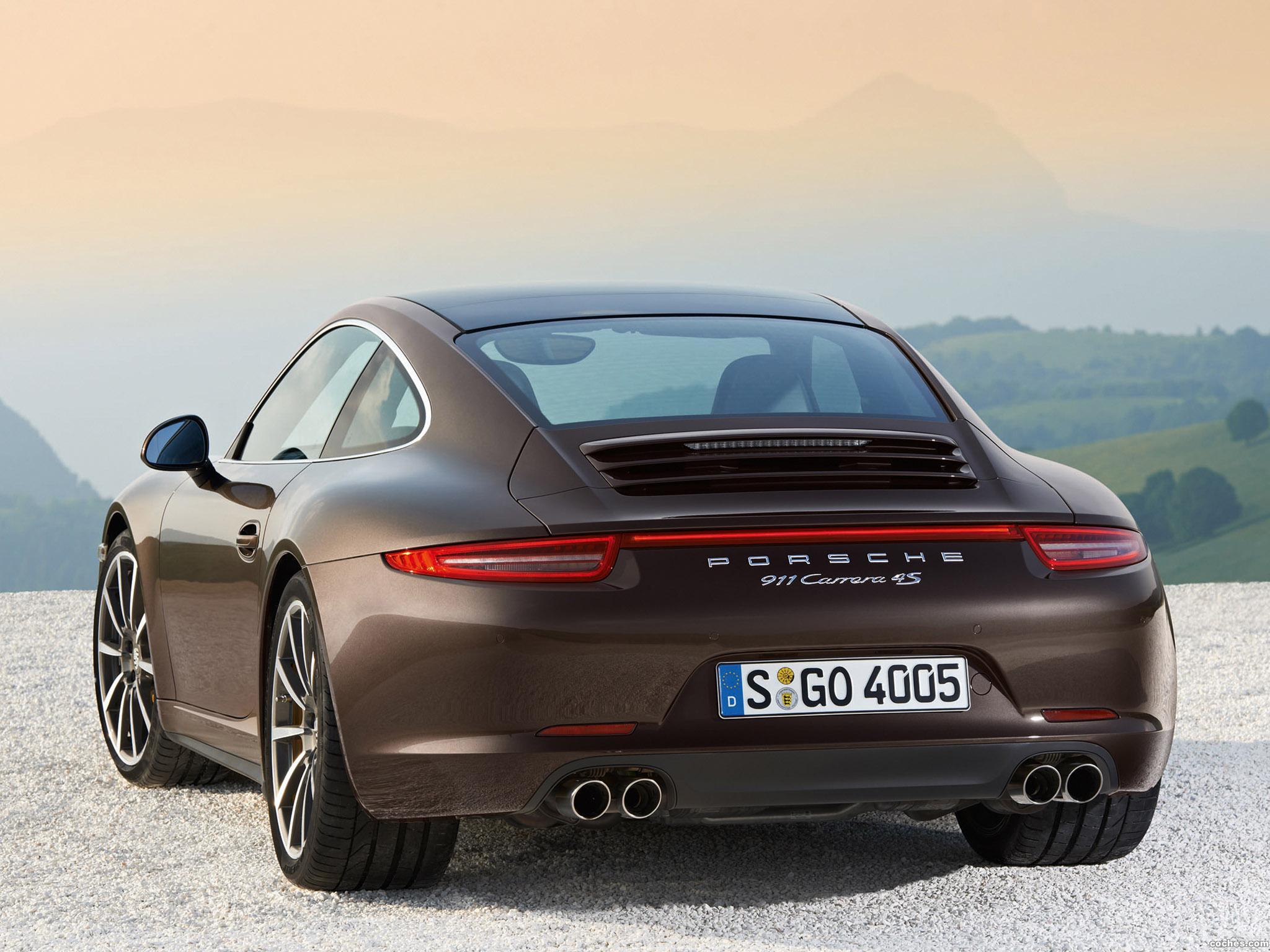1976 Lamborghini Countach
Description
Highly original, the sole-surviving Oro Metallizzato Countach LP400
First delivered February 1976 via French importer Garage Thépenier, Paris
One of seven gold LP400s, believed to be the sole-surviving in Oro Metallizzato with Senape interior
German registered, in exceptionally original condition
Unbroken European history, only five private owners from new
An iconic Countach LP400 ‘Periscopica’ for concours and collection
“We were rushing through the lanes around Sant’Agata Bolognese. The speedometer flashed up to 220kph. The acceleration continues, to the accompaniment of the raucous, marvellous voice of a V12 on full song. The people who live in the outskirts of Modena are used to seeing exotic cars ‘on test’. But this one still makes them stop in their tracks, smile and wave in encouragement” Ray Hutton of Autocar drives an LP400 in 1974. At the time, there was a national 100kph speed limit…
Throughout the 1960s, Marcello Gandini came up with one idea after another. When his Lamborghini Miura was unveiled at the Geneva Show in 1966, the supercar raised the bar for manufacturers everywhere.
But Gandini didn’t rest on his laurels and his next concept was even more outrageous.
With its ‘scissor’ doors, ‘origami’ styling, NACA ducts and that rear mirror, the first production Countach – designed by Gandini and engineered by Stanzani with help from Bob Wallace – was an instant hit, the poster car of a generation.
Instantly recognisable, today the first, purest Countach has made the transition from bedroom wall to Blue Riband concours d’elegance and the garages of the world’s most discerning collectors.
The Lamborghini Countach LP400
The origin of the name Countach has been endlessly debated. Either a vocal ‘wolf whistle’ or, more likely, a mild Piedmontese expletive, like Wow! Company boss Nuccio Bertone might well have said that when he saw it…
A prototype had been revealed at the tail-end of Miura production at the 1971 Geneva Salon. That year’s LP500 (Longitudinale Posteriore – the engine was mounted behind the driver north-south, not east-west as the Miura) set the angular style of the 1980s, nearly 10 years in advance of the trend. When it was shown again in 1973, and then production-ready in 1974 as a 3,929cc ‘LP400’, oil crisis or no oil crisis, the orders rolled in.
The car was a triumph of packaging. The massive engine and gearbox were turned around, so the gear lever acted directly on the five-speed gearbox, a shaft running through the crankcase transmitting power to the differential. Rear-mounted water radiators, cooled by air from the famous NACA ducts and ‘boxes’ on the wings, meant it was a compact car with much of its weight within its wheelbase.
The early LP400’s engine was rated at 375bhp and, on paper, it was the fastest version until the arrival of the 5000 quattrovalvole. The magic target of 300kph eluded magazine testers, but Bob Wallace took the second LP400 prototype to Fiat’s private section of autostrada just outside Turin and recorded 290kph (180.2mph) at 7,600rpm in top.
Of the five Countach models, with approximately 150 cars built, the earliest LP400 ‘Periscopica’ is by far the most prized by collectors. Available in a rainbow of of-the-period colours, it is the defining Countach.
This Motor Car
According to Lamborghini factory records, Countach LP400 chassis 1120176 (order number 88) was built in January 1976 and shipped on 12 February 1976 to the company’s French agent, Garage Thépenier in Paris.
The car’s specification of Oro Metallizzato Longchamp, with Senape (mustard) interior was rare: sources suggest there were only seven gold LP400s, with only four in this combination. Marque and model enthusiasts believe that the other Oro Metallizzato Longchamp cars were repainted or, in the case of possibly three, crashed and written off.
Recent specialist research has revealed that the first owner was Jean Pierre Duquesne, whose family firm was connected with the American Purina pet food business. Duquesne was an established connoisseur of Italian cars and already owned a Ferrari 365 GTB/4 ‘Daytona’, Iso Grifo and Lamborghini Miura. His new Countach replaced an earlier car with a recorded 9,100km, accepted by Thépenier as a trade for ‘1120176’.
Later, Jean-Jacques Bally, a car dealer in Cannes, bought ‘1120176’ and subsequently sold it – most likely in the 1980s – to the noted collector Charles Jorion who appreciated its fine condition and low mileage. Based in Brussels, Jorion’s ‘Palais de l’Automobile’ also displayed other Lamborghinis including a Miura S and Espada. For fiscal reasons ‘1120176’ was still registered in the Cannes area, ‘2470 TP 06’.
On 20 September 1989 the entire ‘Palais de l’Automobile’ collection was sold at auction. Its new owner, François Besson, wisely chose to entrust his new purchase to renowned Lamborghini expert Edmond Ciclet’s Parisian garage for a check over. A contemporary photograph shows the gold car at Ciclet’s bearing the handwritten (it was a museum exhibit, so never needed original plates) registration ‘2470 TP 06’. Ciclet was impressed with the Countach and stated that it only needed minor service for full road worthiness.
Exactly a year later, 20 September 1990, Besson registered ‘1120176’ in Paris ‘777 JBH 75’ and the gold supercar became a regular sight in the French capital until 2010 when he sold it. Jacques François Joubert – 42 rue Saint Charles, Versailles – was the next owner. According to a copy of a Certificate d’Immatriculation dated 1 June 2010, ‘1120176’ bore the plate ‘AT 352 DS’. It was mainly used by Joubert in the Bouche de Rhône region, department 13 which includes Marseilles and Aix-en-Provence.
And it was in this area in 2017, parked at the provincial racing circuit of Grand Sambuc, Jouques, that a local dealer spotted ‘1120176’. He bought the car and subsequently sold it to our client, only its fifth private owner.
The ‘gold standard’ in every sense, ‘1120176’ has never been fully restored. When recently inspected by leading Lamborghini specialist Luca Salvioli for Kidston SA, it was judged to be a very good original car. The paintwork has been refreshed; there is no sign of accident damage; the leather appears original, with some re-Connollising; the mechanicals are very clean and the engine runs well. The odometer reading of 32,700km is believed to be correct.
It’s one of the most striking examples we’ve seen of the definite 1970s supercar and will make a striking addition to any forward-thinking collection.

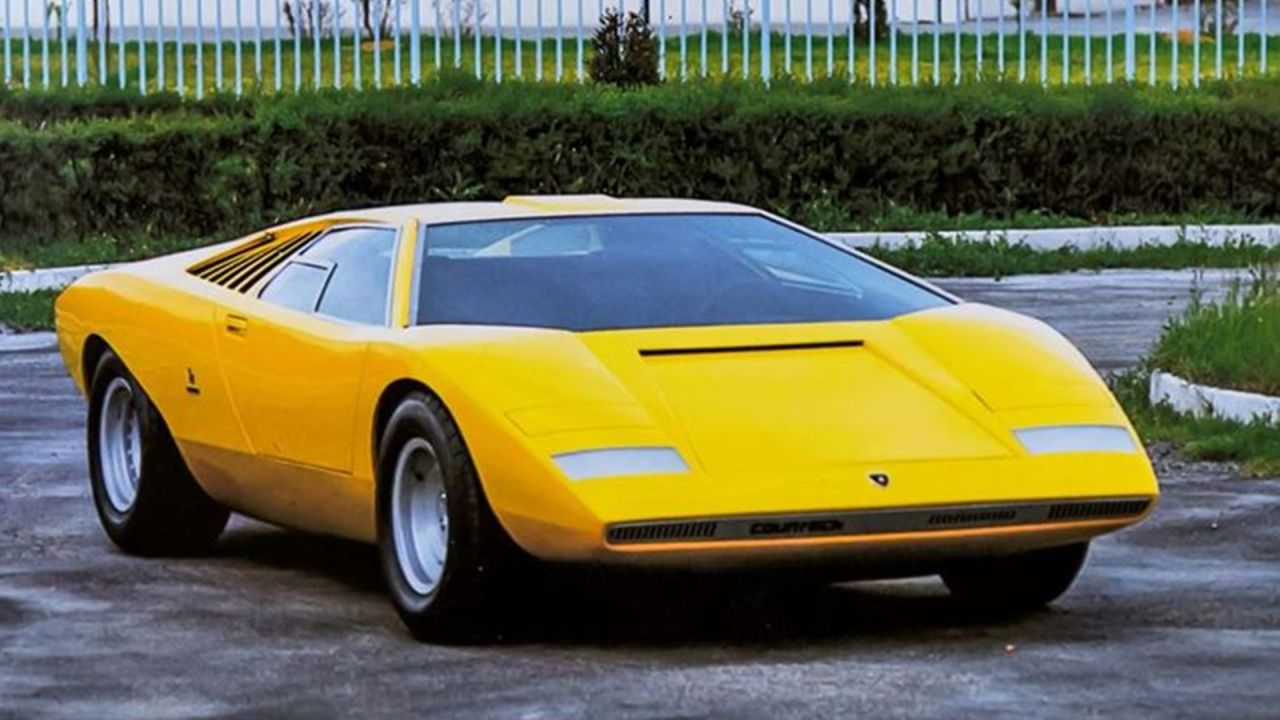
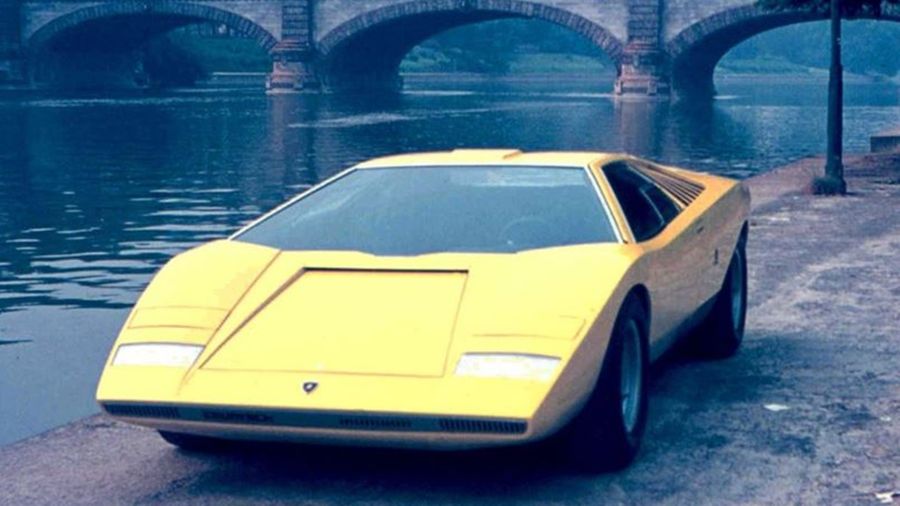
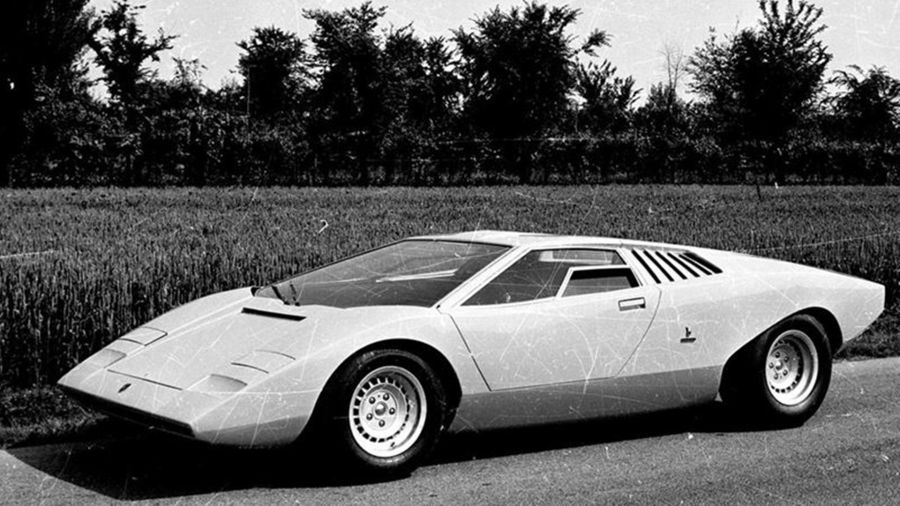


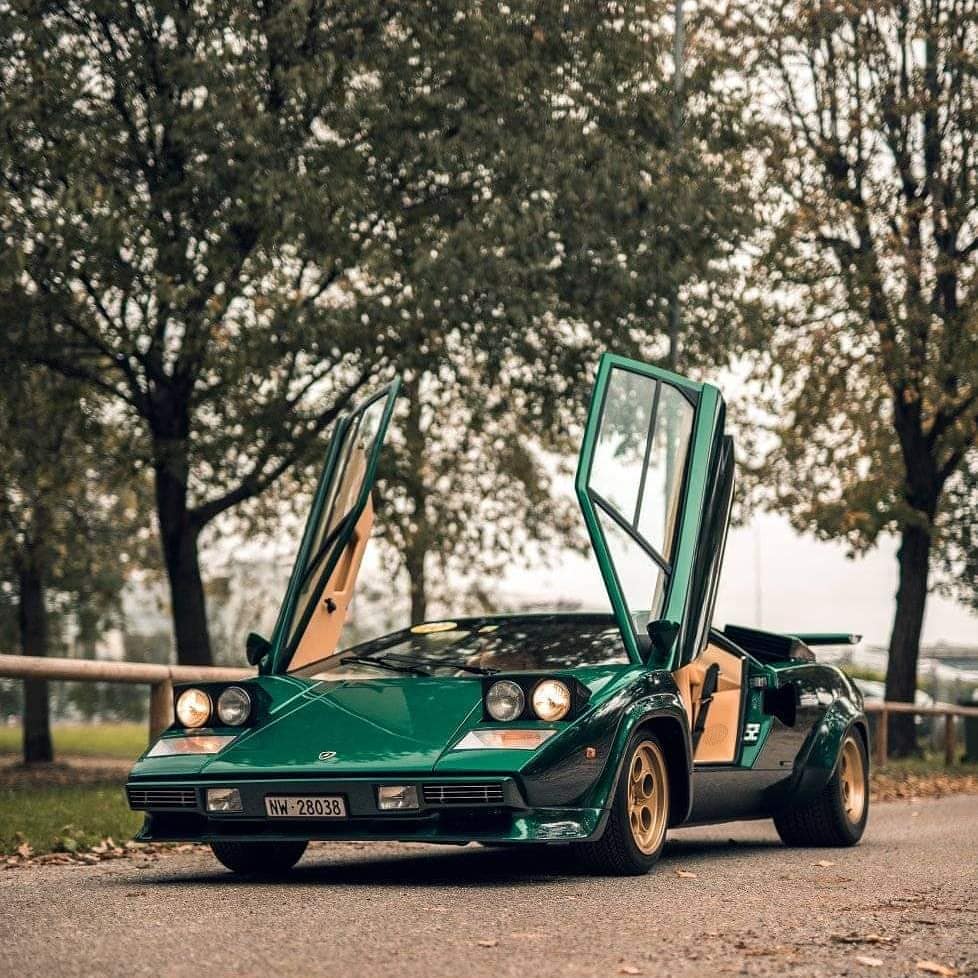
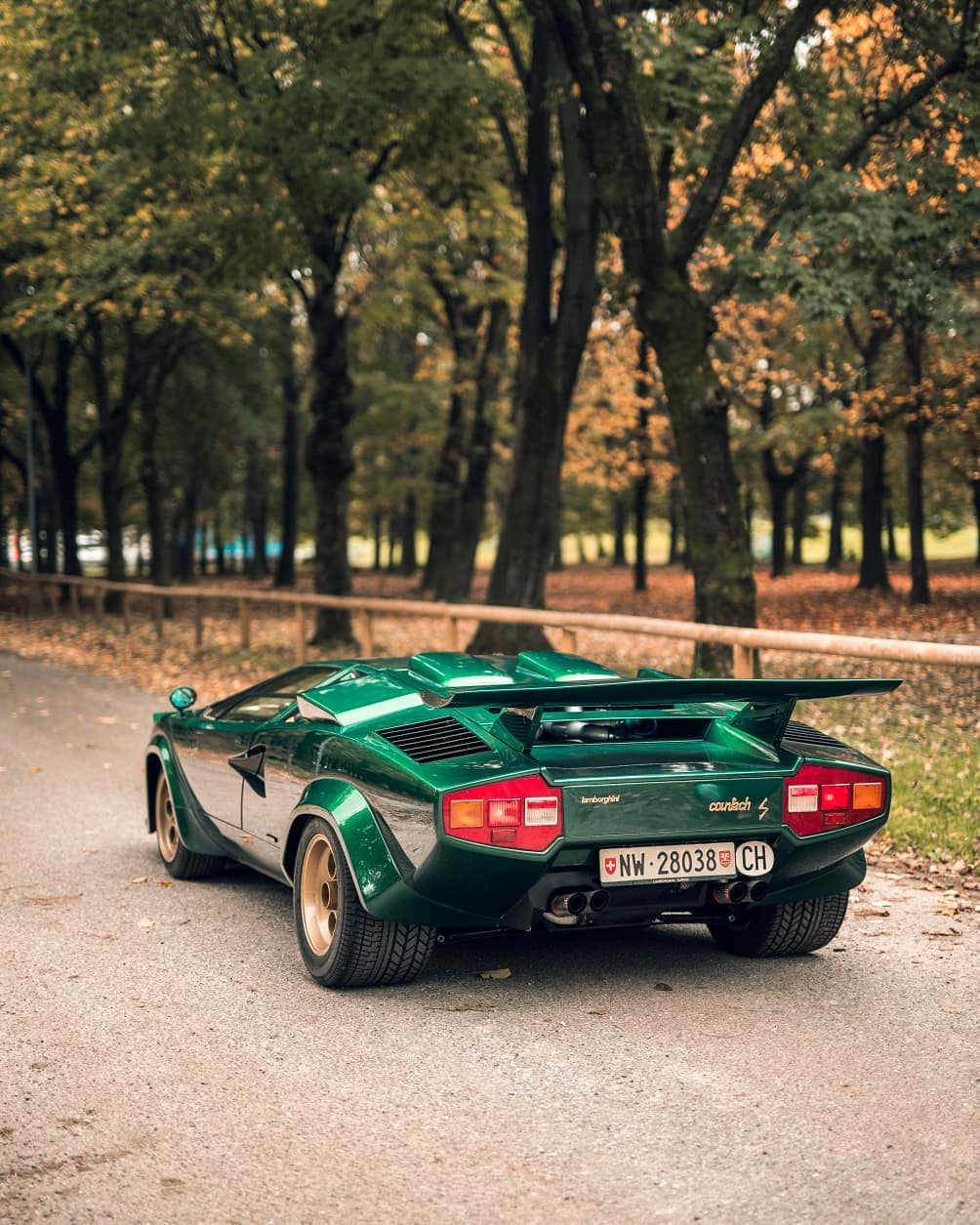
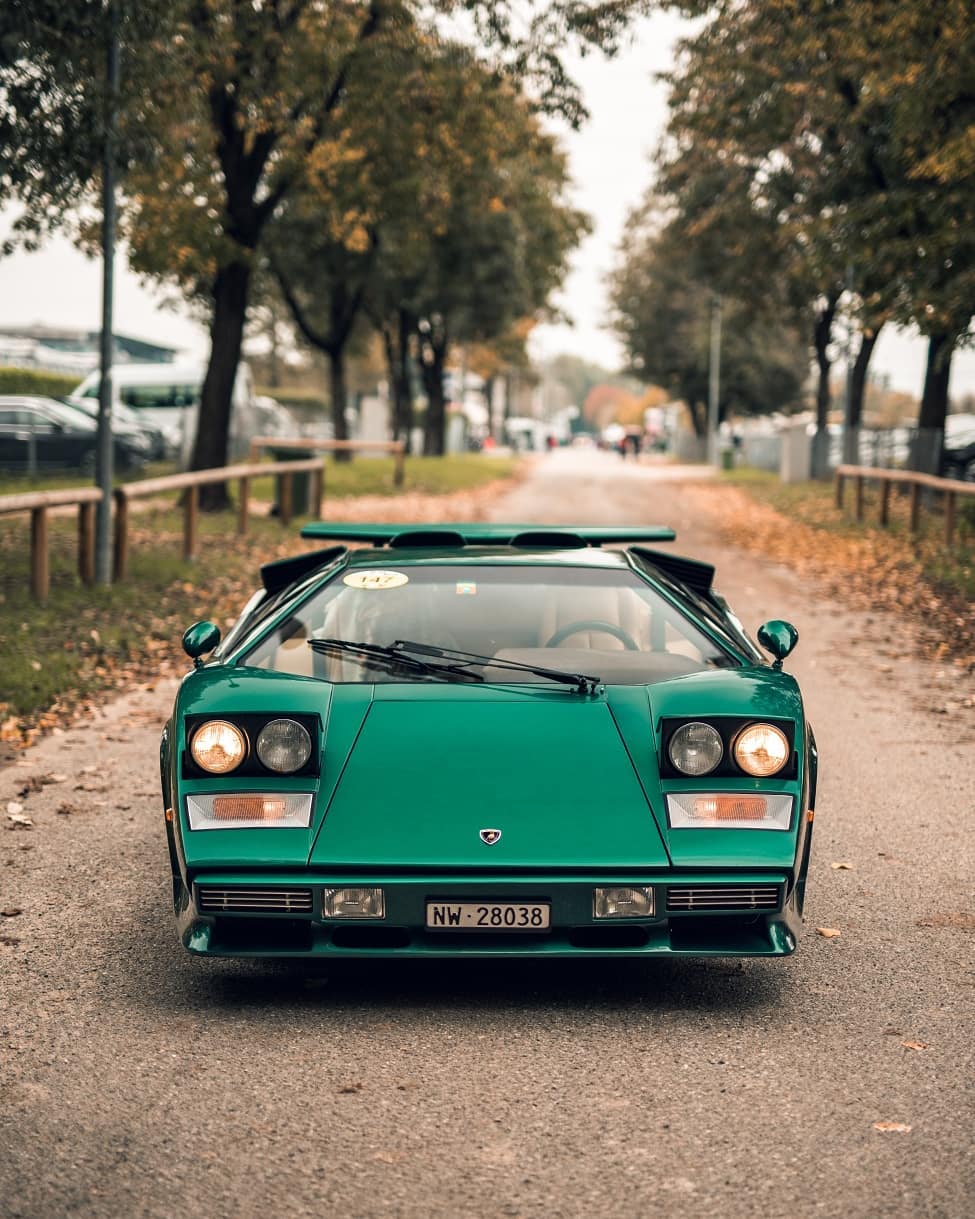


 , es muuuuy elegante
, es muuuuy elegante














:quality(80):fill(white)/ad/0120/30/3433010/ea857d37aa8b2956e4d8600b114d49e3.jpeg)
:quality(80):fill(white)/ad/0120/30/3433010/a9a196a9c7994ddb16d2e94c8fe6bb25.jpeg)
